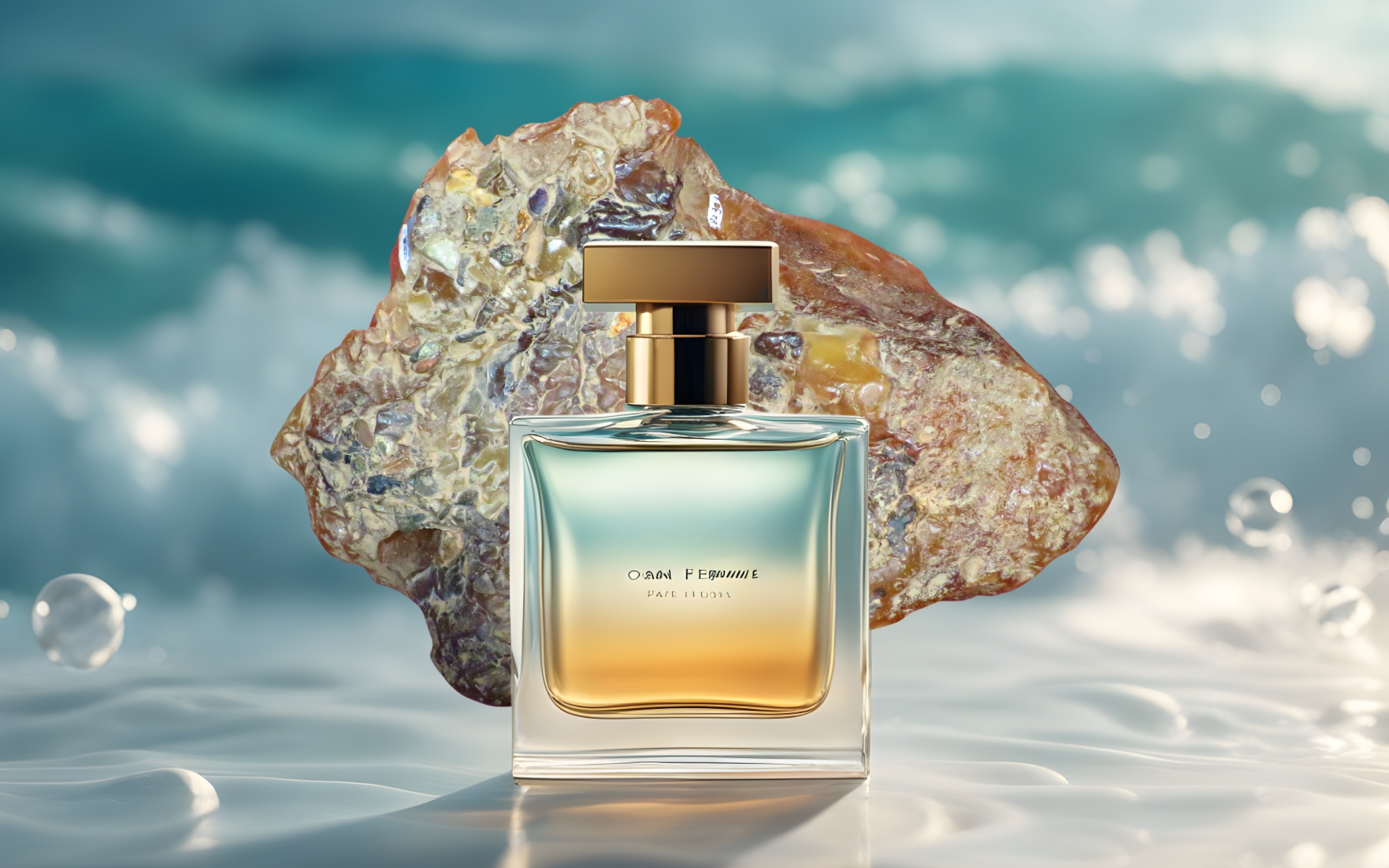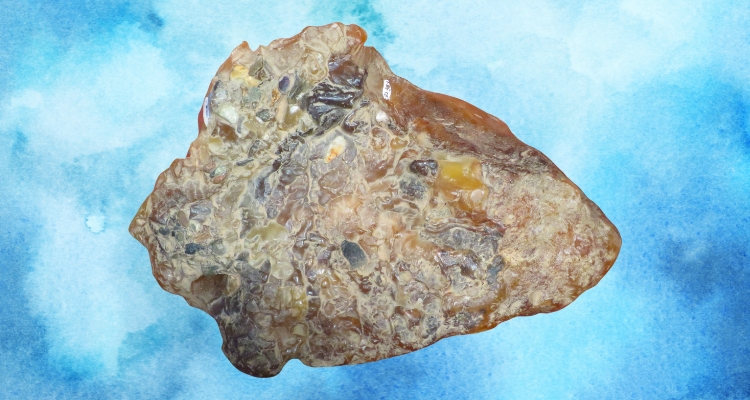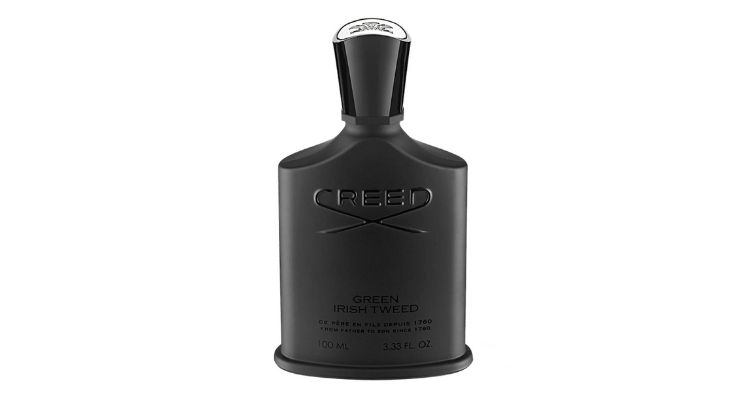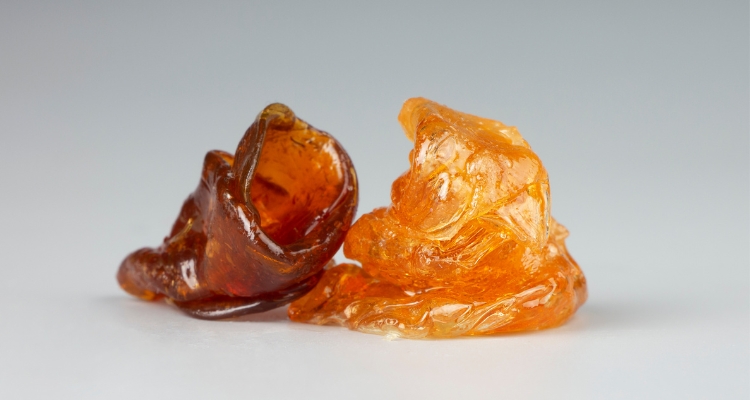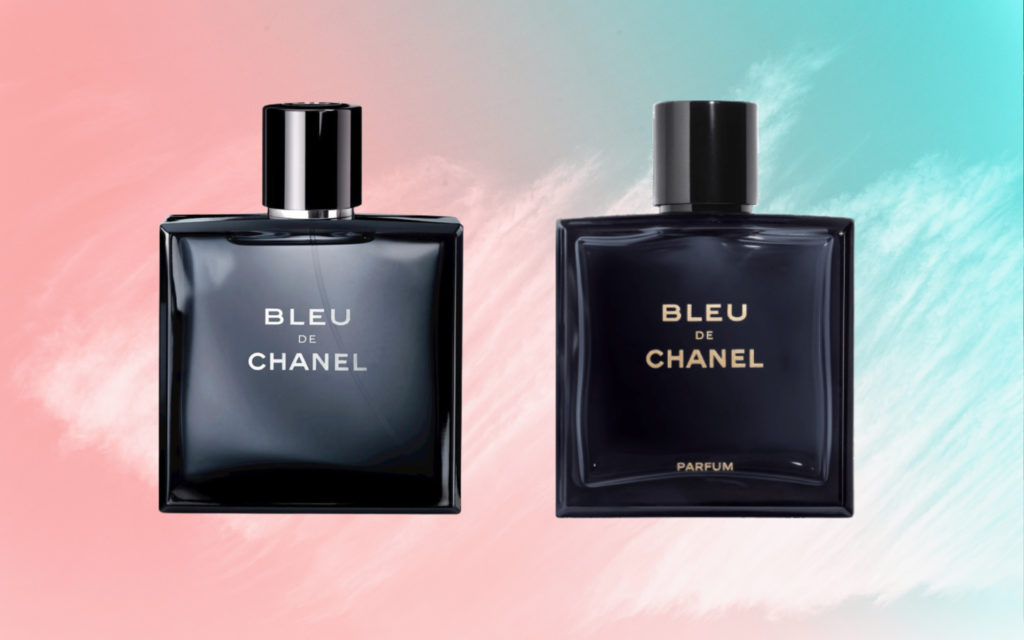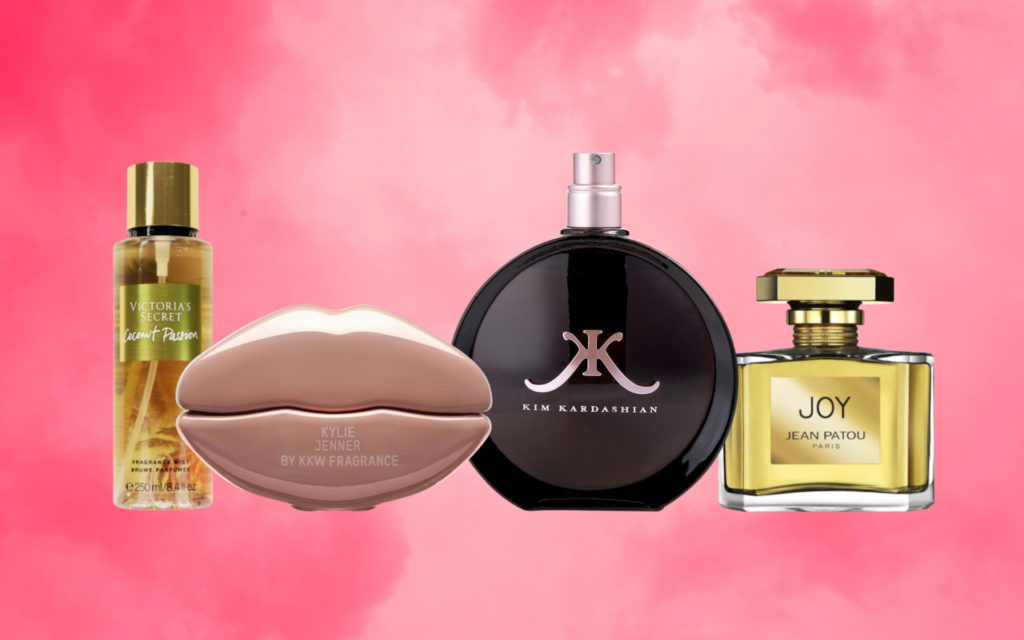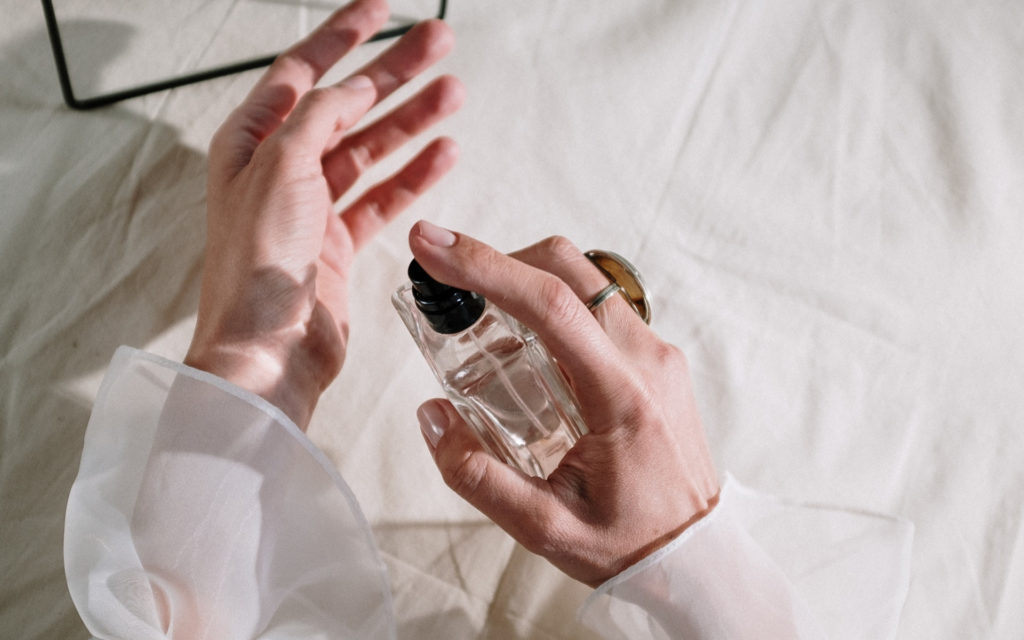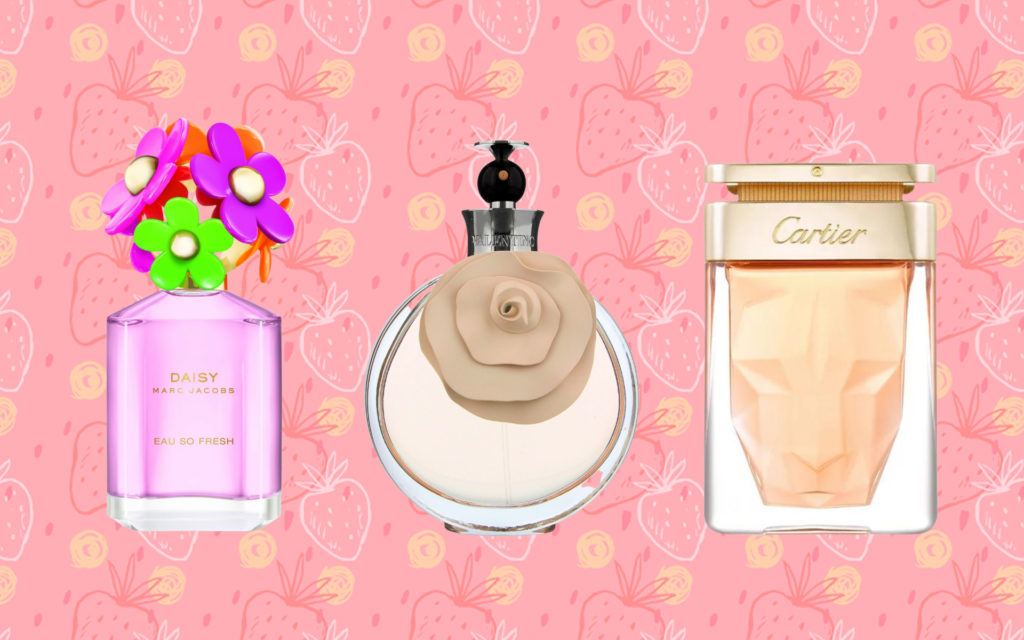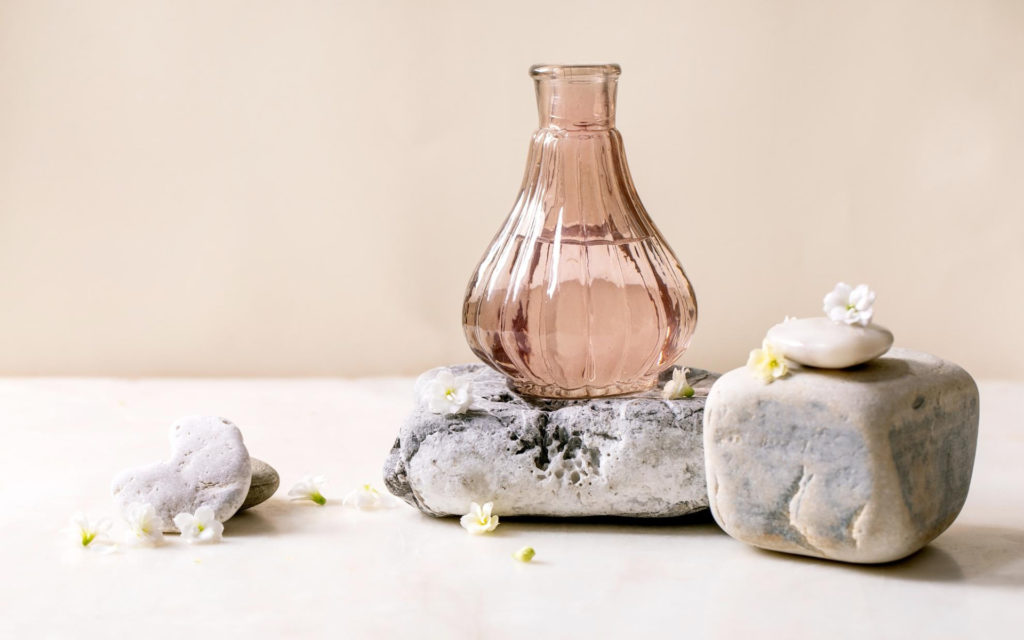Ambergris, a mysterious and sought-after substance derived from the depths of the ocean, has held a mesmerizing fascination in the world of perfumery for centuries.
Historically treasured for its unique ability to enhance and fix scents, ambergris was a prized ingredient in many iconic perfumes. However, in today’s world of ethical concerns and sustainable sourcing, the use of ambergris has come under scrutiny.
In this article, we delve into the intriguing history of ambergris in perfumery, explore its modern-day status, and examine the ethical considerations surrounding its use.
Is ambergris still a coveted secret of the fragrance world, or has it been replaced by more sustainable alternatives?
What is Ambergris?
Ambergris, often referred to as the “floating gold” of the fragrance world, is an extraordinarily rare and coveted material that originates in an unusual and somewhat mysterious manner.
It is believed to be produced within the digestive system of sperm whales, one of the world’s largest and most enigmatic marine mammals.
When these magnificent creatures consume a diet rich in squid and other prey, their digestive enzymes interact with indigestible elements, such as beaks and pens from their prey. Over time, a transformation occurs, resulting in the creation of ambergris.
Is Ambergris Still Found in Perfume?
Ambergris, once a prized and iconic ingredient in perfumery due to its unique ability to enhance scents, has seen a significant decline in its use in modern perfumery but it is not banned and is still used in some perfumery.
Many perfume houses and fragrance manufacturers have turned to synthetic alternatives that replicate the scent-fixing properties of ambergris without harming marine life.
Etymology and Formation
The term Ambergris originates from the French word “ambre gris,” which literally translates to “grey amber”. When a whale consumes squid, indigestible beaks and pens get lodged inside its intestines.
To protect itself, the whale secretes a fatty substance around these irritants, creating a waxy mass that eventually gets expelled out into the ocean.
Over time, this lump hardens and gets cured by sunlight and salt water to form what we know as ambergris.
Physical and Chemical Properties
Ambergris has a complex composition that includes various compounds like ambrein and ambrinol, giving it a rich and long-lasting scent. Its molecular structure allows it to act as a base note in perfumes, providing depth and complexity to fragrances.
In addition to its use in perfumes, ambergris has also been used historically for medicinal purposes and as incense due to its aromatic qualities.
Which Perfume Companies Still Use Ambergris?
Maison Francis Kurkdjian – Known for their Amyris Homme, Maison Francis Kurkdjian incorporates ambergris into this fragrance for a captivating masculine scent.
Creed – One of the most famous fragrances in the world, Creed Aventus, contains ambergris. Another popular Creed fragrance with ambergris is Green Irish Tweed.
Tom Ford – Tom Ford’s Amber Absolute is another luxury fragrance that makes use of the unique qualities of ambergris.
Serge Lutens – This brand also incorporates ambergris in its fragrances to create a unique olfactory experience.
YSL, Jo Malone, Le Labo – These brands have some fragrances in their lines that contain ambergris, further showcasing the material’s enduring appeal in high-end perfumery.
Perfume Lounge – Several exclusive perfumes from their collection contain ambergris, including Tobacco Rose, Sex and the Sea, 16.1 Bois Naufrage, and Silencethesea.
Applications and Legality
Ambergris has a long history of use in the perfume industry, thanks to its unique and invigorating qualities. It is often used as a base note in perfumes, adding richness and depth to scents.
However, there are legal considerations surrounding the use of ambergris. In some countries, its use is restricted or banned due to concerns about animal welfare.
This has led to the development of synthetic alternatives that mimic the aroma of ambergris without harming animals.
Despite these regulations, ambergris continues to be sought after by perfumers for its distinctive scent and contribution to fragrances around the world.
History of Ambergris in Perfumery
Early use and popularity
Ambergris has a long history of use in perfumery, dating back centuries. It was highly prized for its unique scent and ability to enhance other fragrances. Perfumers valued ambergris for its invigorating and exotic qualities, using it as a base note in their creations.
Despite this, ambergris still holds a special place in the history of perfumery and is recognized for its contribution to creating captivating scents.
Comparison to animal musk
Ambergris has long been valued in the world of perfumery for its unique and captivating scent. In fact, it was often used as a substitute for animal musk due to its similar aromatic qualities.
Animal musk, derived from animals like the musk deer, was once widely used in perfumes but is now controversial due to ethical concerns regarding animal welfare. Ambergris offers an alternative that captures the allure of animal musk without contributing to animal suffering.
This comparison highlights ambergris’ role as a natural and sustainable fragrance ingredient, making it a popular choice among modern perfume makers.
Current status in the perfume industry
Ambergris continues to hold a significant place in the perfume industry, although its use has evolved over time. While it was once highly prized for its unique and exotic qualities, concerns about animal suffering have led to stricter regulations on the use of animal-derived ingredients in perfumes.
As a result, some perfumers have shifted towards synthetic alternatives that mimic the scent of ambergris. However, aficionados argue that nothing can truly replicate the organic richness and complexity of genuine ambergris.
Alternatives to Ambergris
As the ethical and environmental concerns surrounding the use of natural ambergris have grown, the perfume industry has turned to various alternative ingredients and techniques to replicate its scent-fixing properties and enhance fragrances.
Synthetic Ambergris Compounds: Perfumers have developed synthetic compounds that mimic the aroma of natural ambergris. Ambroxan, Ambrettolide, and Cetalox are examples of these synthetic alternatives, each offering a unique facet of ambergris-like fragrance.
Plant-Based Ingredients: Some plant-based materials, such as labdanum, resins, and balsams, can impart warm, resinous, and fixative qualities to perfumes, similar to ambergris.
Animalic Notes: Ingredients like musk and civet, once derived from animal sources but now mostly synthetic or plant-based, contribute to the animalic and sensual aspects of fragrances without the use of ambergris.
Fixatives: Perfumers often incorporate fixative materials like benzoin, myrrh, and frankincense, which not only help stabilize fragrances but also add depth and longevity.
Amber and Resin Blends: Amber blends made from resins like benzoin and labdanum are commonly used to evoke ambergris-like warmth and sweetness in perfumes.
Marine and Aquatic Notes: To capture the marine and oceanic facets of ambergris, perfumers use marine-inspired ingredients like seaweed, algae, and ozonic notes.
These alternatives provide perfumers with a wide range of options to create complex and enduring fragrances while respecting ethical and environmental considerations.
As a result, modern perfumery continues to thrive, offering innovative scents without relying on the use of natural ambergris.
Conclusion: The Future of Ambergris in Perfumery
Ambergris, though once a prized gem in perfumery, persists in limited use today. While its popularity has waned due to ethical and environmental considerations, a select group of perfumers still employ ambergris for its singular and exotic attributes.
As the global demand for cruelty-free and sustainable ingredients continues to gain momentum, the future of ambergris in perfumery remains an intriguing question mark.
The fragrance industry is at an interesting juncture, where innovation and ethics converge, and it will be fascinating to observe how these forces shape the role of ambergris in the fragrant tapestry of tomorrow.
FAQs
Can I sell ambergris if I find it?
The legality of selling ambergris depends on the laws and regulations of your country or region. In many countries, the trade of ambergris, especially sourced from protected species like sperm whales, is restricted or banned due to conservation and ethical concerns.
Do all perfumes contain ambergris?
No, not all perfumes contain ambergris. In fact, the use of natural ambergris in perfumery has declined significantly in modern times due to ethical concerns and regulations related to marine conservation.
Many perfumers now use synthetic alternatives or other fixatives to achieve the scent-fixing properties that ambergris once provided.
What smells similar to ambergris?
Ambroxan is one of the most popular and widely used synthetic alternatives to ambergris in modern perfumery.
It’s favored for its ability to mimic the warm, woody, and slightly sweet aroma of natural ambergris.
Ambroxan has become a key ingredient in many contemporary fragrances, offering a sustainable and ethical choice for perfumers to achieve the scent-fixing properties and alluring depth that ambergris once provided.
